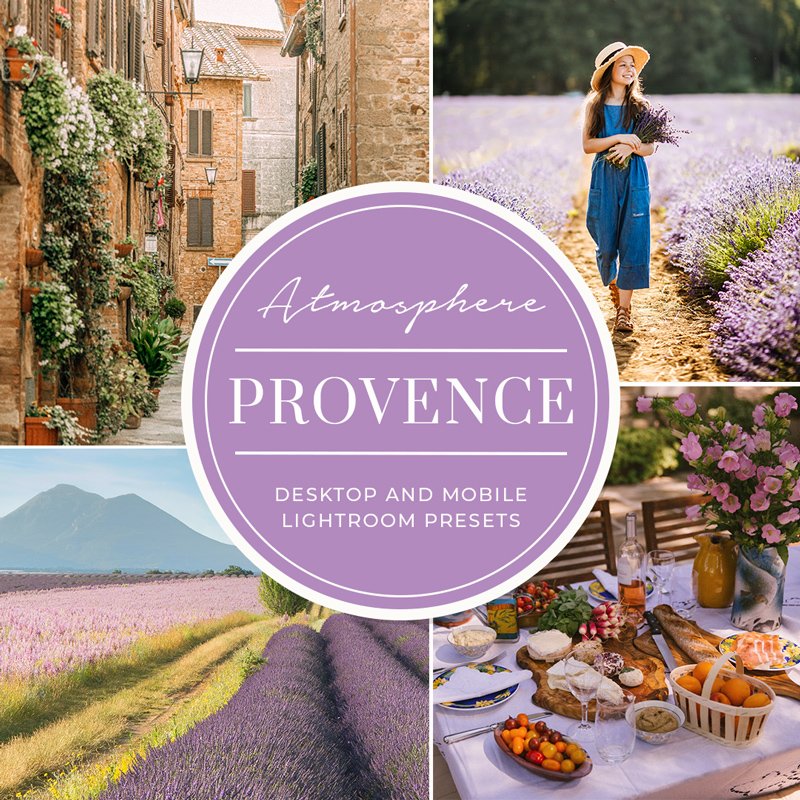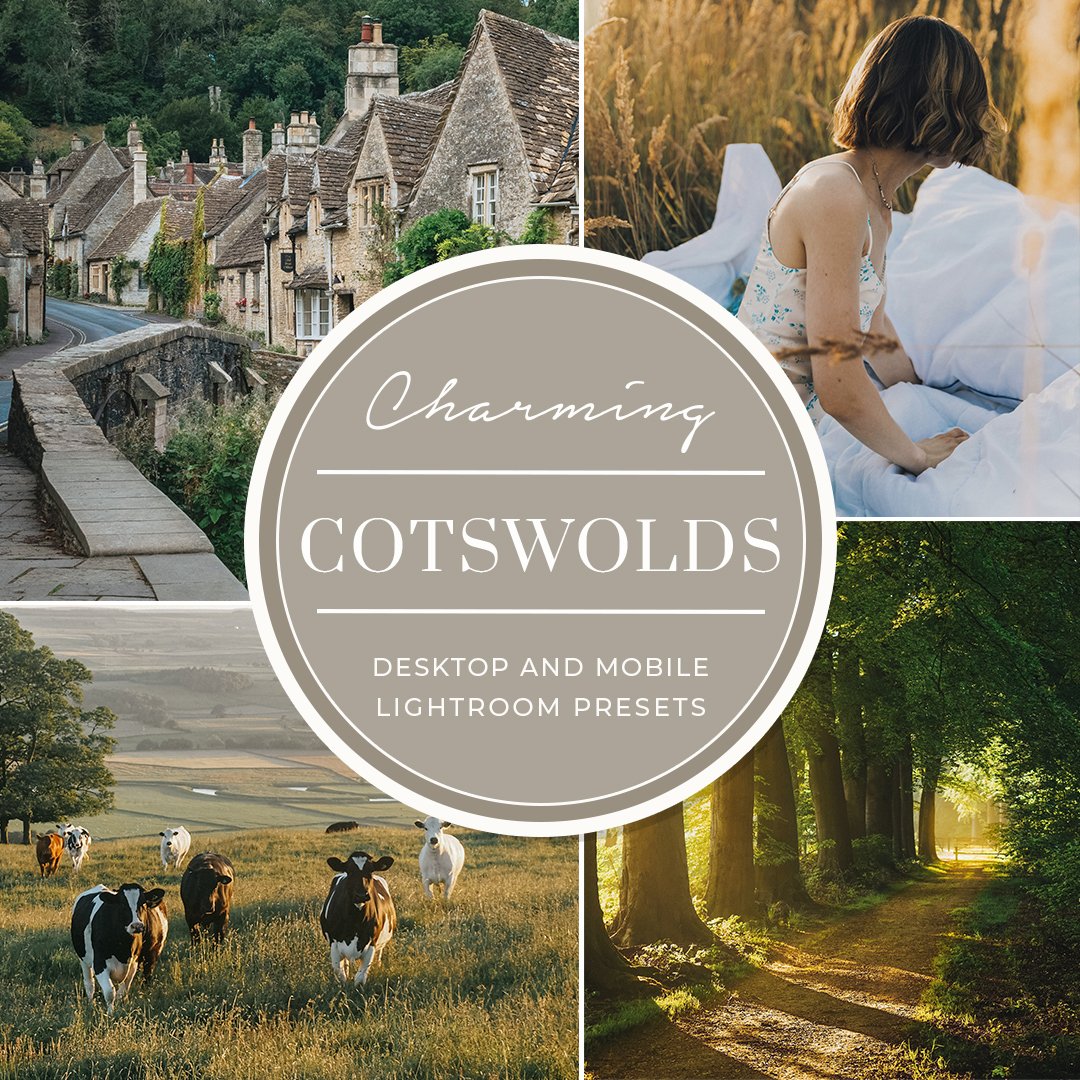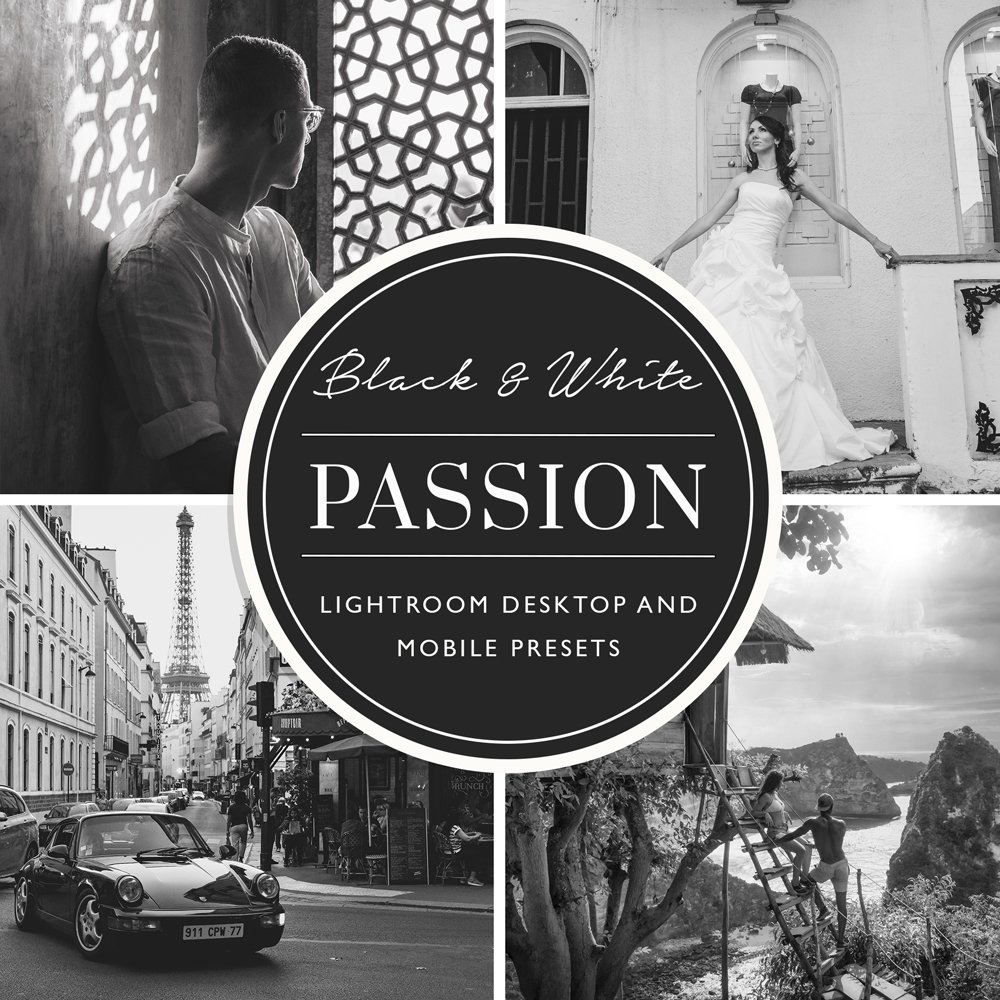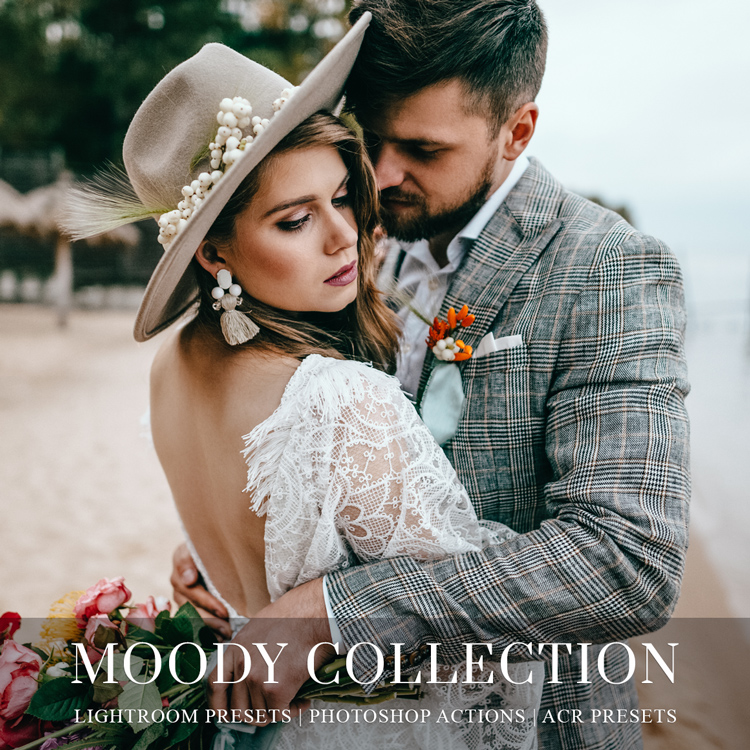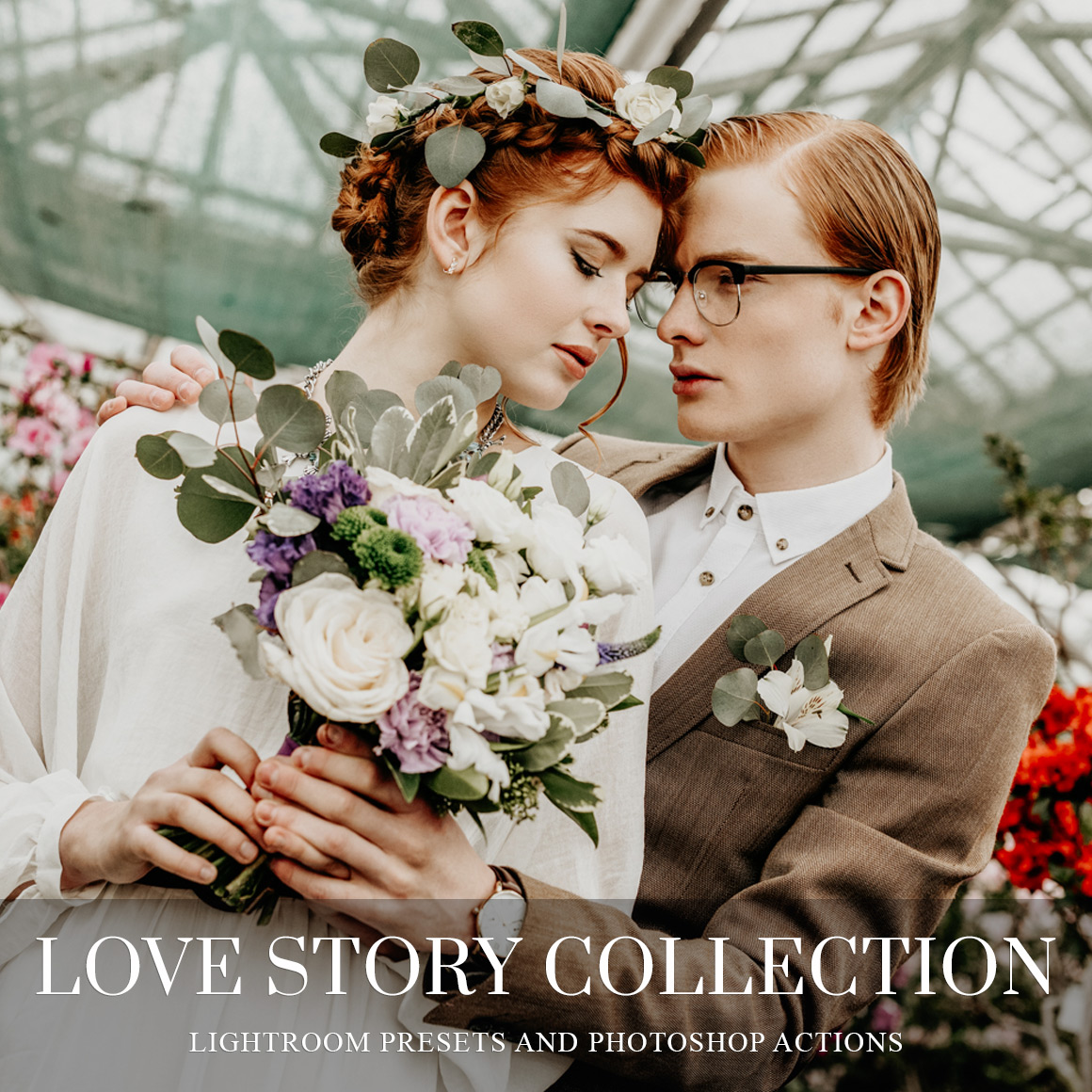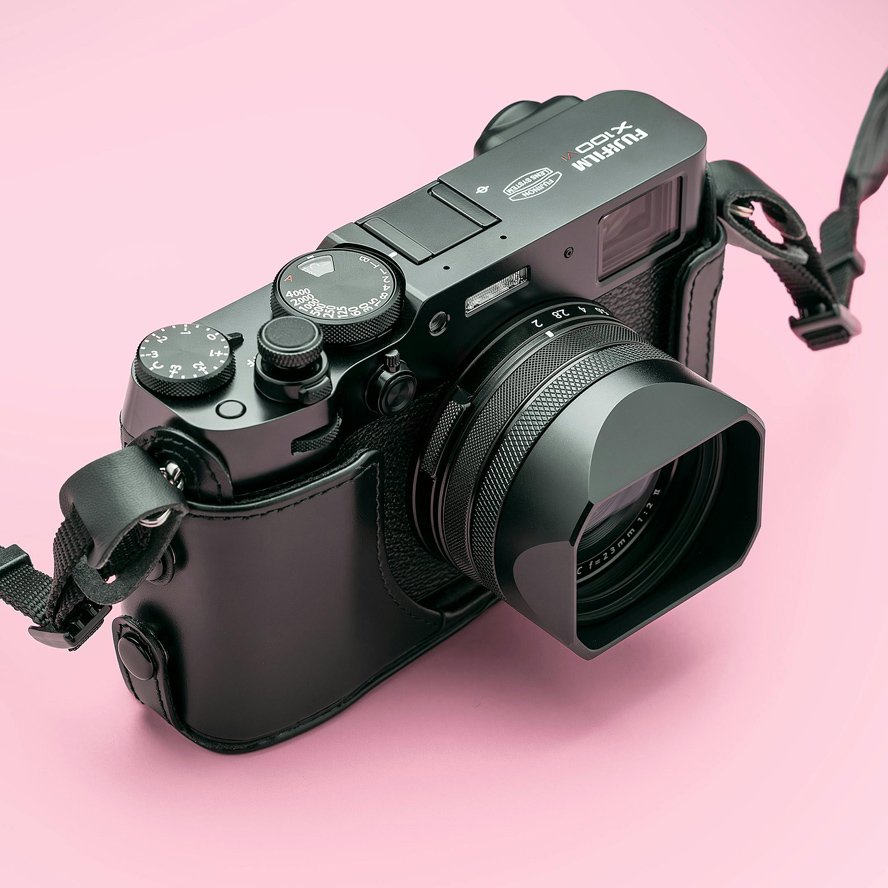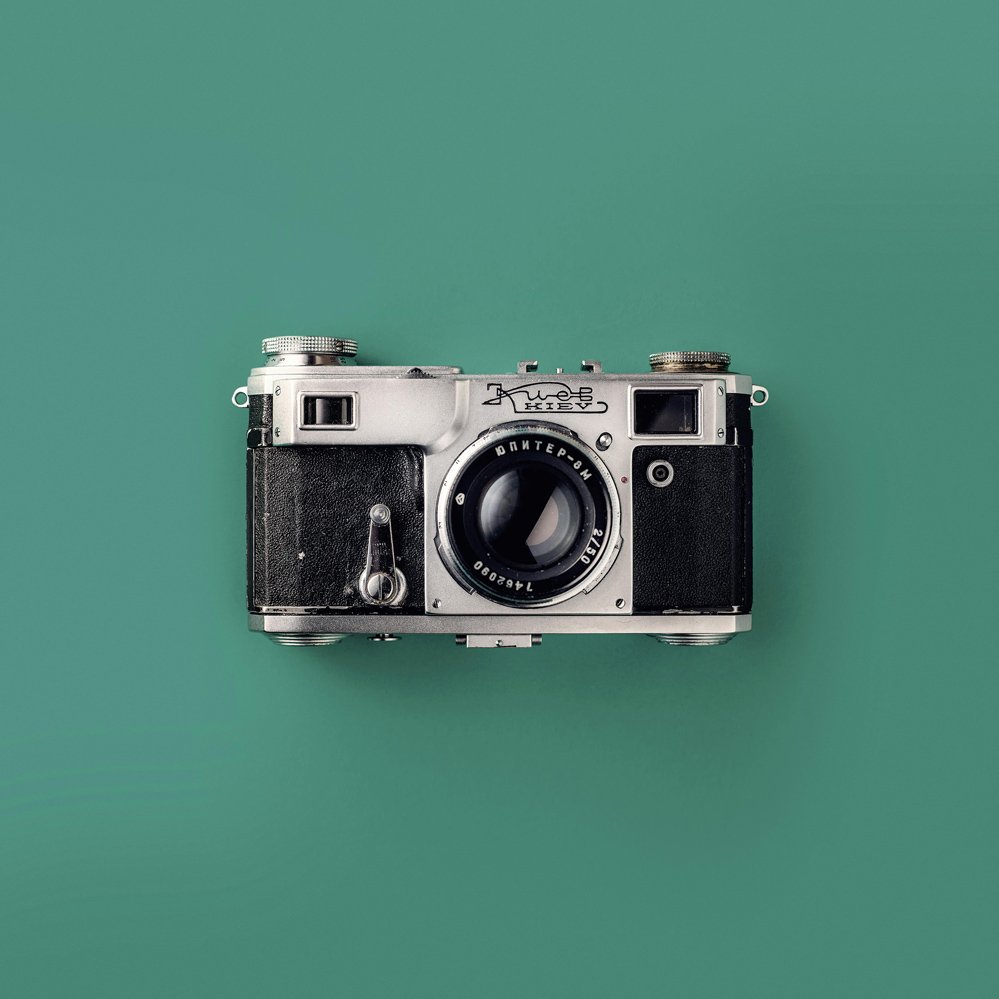How sepia presets can mimic times past
Have you ever wondered how and why sepia presets evoke a nostalgic feel? Let's take a look at how they are used, why they have this effect, and how you can replicate it in Photoshop and Lightroom.
Applications of the sepia preset
Sepia filters can be utilized in a wide range of different sectors for a multitude of different purposes. Classically, sepia color schemes and presets are used to reproduce the look, feel, and effect of old-school photographs. As such, it allows graphic designers and photographers alike to set their visuals within a historical context.
There are many less obvious applications for sepia filters. There is a wide selection of online slots that take advantage of the nostalgic effect of the sepia tonality, particularly when it comes to Western-themed games like King of the West and Wild West Wilds. The use of this color palette makes the gameplay more immersive, as the imagery feels more authentic to the context. The strength of the warm filter varies from game to game, with games like Wild Wild Chest also adding a faded quality to their opening graphic to age both the game and its marketing graphics.
Another way that sepia is used is in historical-themed photography. There are many novelty photography studios that offer shoots with a Victorian vibe. The subject or model can dress up in traditional outfits, and the photographer will edit the photos with a sepia preset to mimic the photography style of the Victorian era. This idea can also make for a unique wedding photography theme for brides and grooms who are particularly interested in history.
But how do the sepia filters work, and why do they make graphics and photos seem old?
A modern take on traditional photography
Essentially, sepia presets are a way of digitally manipulating images to mirror traditional photograph development. More specifically, sepia actually refers to an old chemical process carried out in the darkroom when photo printing, where the silver element in the emulsion of the print is converted into silver sulfide. Through this process, the black-and-white print becomes more robust and is more resistant to decay, pollutants, and environmental factors.
As a result of this, the prints took on a warmer, soft brownish tint. This tonality was merely a side effect of the chemical process, but photographers noticed how the softer colors made stark, high-contrast black-and-white photos more warm and inviting. Whatever its origins, sepia served to double the lifespan of photographs, which is why we associate it with the Victorian, Old West, and other antique imagery today.
Of course, nowadays, digital graphics and photos can take on the sepia feel using software like Photoshop and Lightroom. For the best results, you'll want a photo or design that has strong shadows and highlights - so you might tinker with these levels first. In Photoshop, click on 'Image,' 'Adjustments,' 'Photo Filter,' and 'Sepia' before selecting your desired intensity of the filter.
In Lightroom, the process is admittedly more time intensive, as you'll need to manually select the hues and saturation for the highlights and shadows, but this will ultimately give you more control over the end product. With this history and background in mind and armed with these tips and tricks, you'll be able to utilize sepia-to-age graphics and photos for many purposes.
Get Free Presets for Lightroom created by top photographers to update your presets collection, save down on editing time, and open up new artistic horizons.







